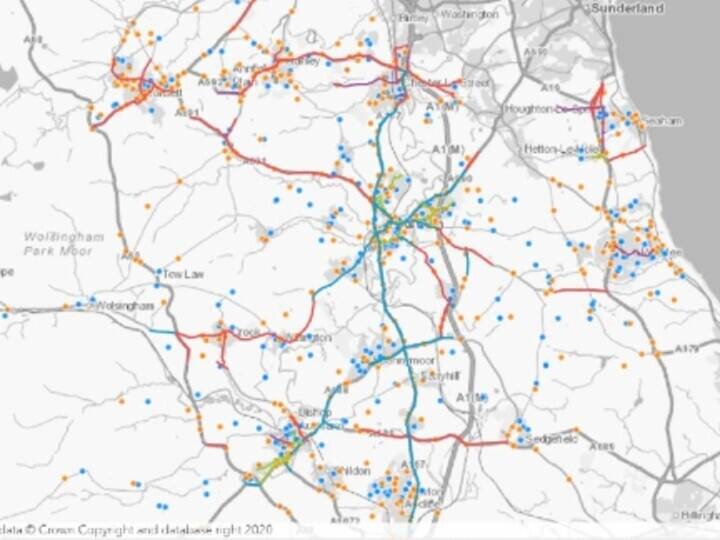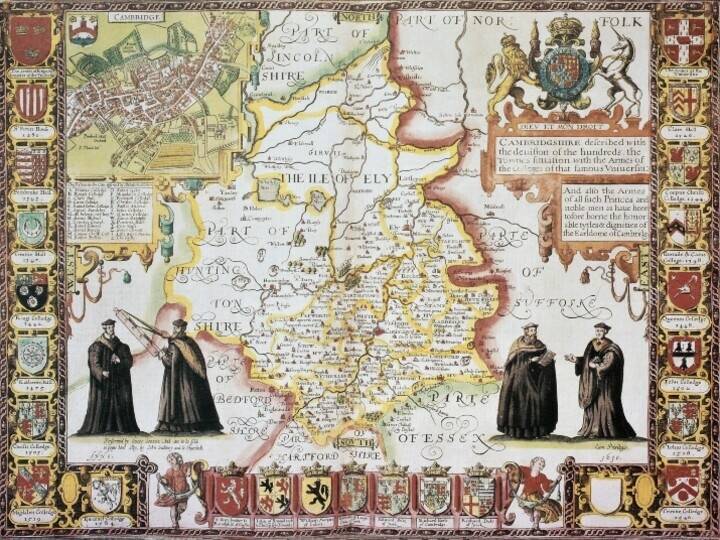Exemplar Award Winner- Citizens Award Runner Up 2013: Reigate and Banstead Borough Council
Recycling rubbish is an important service provided by the council. It is a key way residents can help alleviate financial pressures on council tax and protect the environment. This case study explores how Reigate and Banstead Borough Council introduced a new recycling service, using the Local Land and Property Gazetteer (LLPG) to inform its development and support the accompanying communication campaign.
The issue
The borough’s recycling levels were lower than in other local Surrey council areas.
Other business drivers behind the need for a new recycling and refuse service included:
- the rising cost to Surrey residents of landfill tax
- demand from residents for additional items to be collected at the kerbside
- the Joint Municipal Waste Management Strategy - a 20 year Action Plan for the future of waste management in Surrey which committed Reigate and Banstead to achieving certain basic recycling rates
- the Corporate Plan 2010-15, in which the Council committed to increasing recycling to 60% by 2015, while maintaining current net expenditure and giving higher customer satisfaction.
In response to these, the council introduced a new recycling, food waste and refuse service.
Solution
The solution involved development and introduction of a new recycling, food waste and refuse service, underpinned by good quality address data. The project contained several elements:
- specification, procurement and delivery of all new containers and vehicles
- rescheduling of rounds for alternate weekly collections
- the commissioning of a new rounds database
- a mobile in-cab solution for use within the recycling trucks
- and integration of this information into the corporate CRM systems.
It also included a wide ranging communication campaign to ensure residents’ understanding of the changes and maximum service take up.
The project involved getting residents to
- change behaviour by sorting refuse into rubbish and recycling containers
- adhere to new collection schedules.
Fundamental to good communication is understanding the communications preferences of customers. For this project, the council needed to understand this at household level. This was only made possible with the aid of good local addresses, to which Mosaic customer segmentation data (including communications preference information) could be linked and mapped.
This information was used alongside market research findings on residents’ recycling attitudes and motivators. Together these informed developments of appropriate communications forming the council’s ‘Rethink your rubbish’ campaign.
The LLPG was vital to the project because the scheme was rolled out to 75% of residential properties – those with individual bins - but not to flats. The structure of the LLPG enabled this information to be easily extracted. In addition, the daily change only updates proved vital for on-the-ground refuse teams in new build estates.
The project also made use of the Ordnance Survey ITN and MasterMap products to develop the routing for the refuse teams.
Outcomes
During the first 10 weeks of the new service
- approx. 615 tonnes of mixed recycling were collected, diverted from landfill and sent for recycling
- approx. 300 tonnes of food waste were collected and recycled into soil improver
- the amount sent to landfill dropped by 1,200 tonnes against the same 10 week period in 2011.
Maximising participation in the new recycling service has many other benefits for the borough and county councils as it
- reduces landfill tax: this project has resulted in landfill tax savings of £215K for 2012-13
- raises income from selling recylates to a contractor: £2.5 million revenue achieved for 2012-13
- eases pressure on council tax, through tax savings and income provision.
Overall, there has been an increase in recycling rates from 38% to over 50%.
Other benefits from utilising the technology and data brought together in this project include enhanced customer insight data and communication channel preferences which can be used to inform future resident contact. The project relied on good communication based on detailed customer insight, made possible by accurate data through the LLPG.
Authority view
“Introducing a new recycling, food waste and refuse service to our residents was a very high profile project and it was important to get it right. Using the gazetteer, combined with customer insight data, enabled us to introduce the new service to a large audience and undertake a targeted communications plan to support the project. Both were key to understanding our different types of residents, where they lived, and the best way to communicate with them. Since the introduction of the new service, residents’ attitudes and behaviour towards recycling have changed positively, and the amount of waste that is recycled is continuing to increase.”
—Fiona Cullen, Communication and Information Manager



